The Gatekeepers Of London’s Pedigree Sports Clubs
By Something CuratedThe UK’s rich and multifaceted sporting heritage is marked unequivocally in the capital, with London boasting a number of remarkable sports institutions built and cherished over the centuries. These longstanding clubs have successfully trained Olympic athletes and continue today to educate new and aspiring generations, passing down the traditions of British sporting. Something Curated looks at four of the city’s venerable sports clubs, examining their history and learning more about the people that make them great.
Repton Boxing Club || David Robinson & Tony Burns
Repton Boxing Club is located in Bethnal Green in a former Victorian Bath House on Cheshire Street. The Club was originally part of Repton Boys Club established in 1884 by Repton Public School. At first, it was meant to help out and encourage underprivileged young boys from the area. The place has been run by David Robinson for over 40 years along with legendary head coach Tony Burns. Robinson originally came from the West End and gradually moved to the East with his family. He got involved with Repton when he enrolled his second son Jamie to fade the minor playground fights he was having at school. From then he followed some of the boys training there even though not a trainer himself, but he would motivate the kids and take them to their fights.
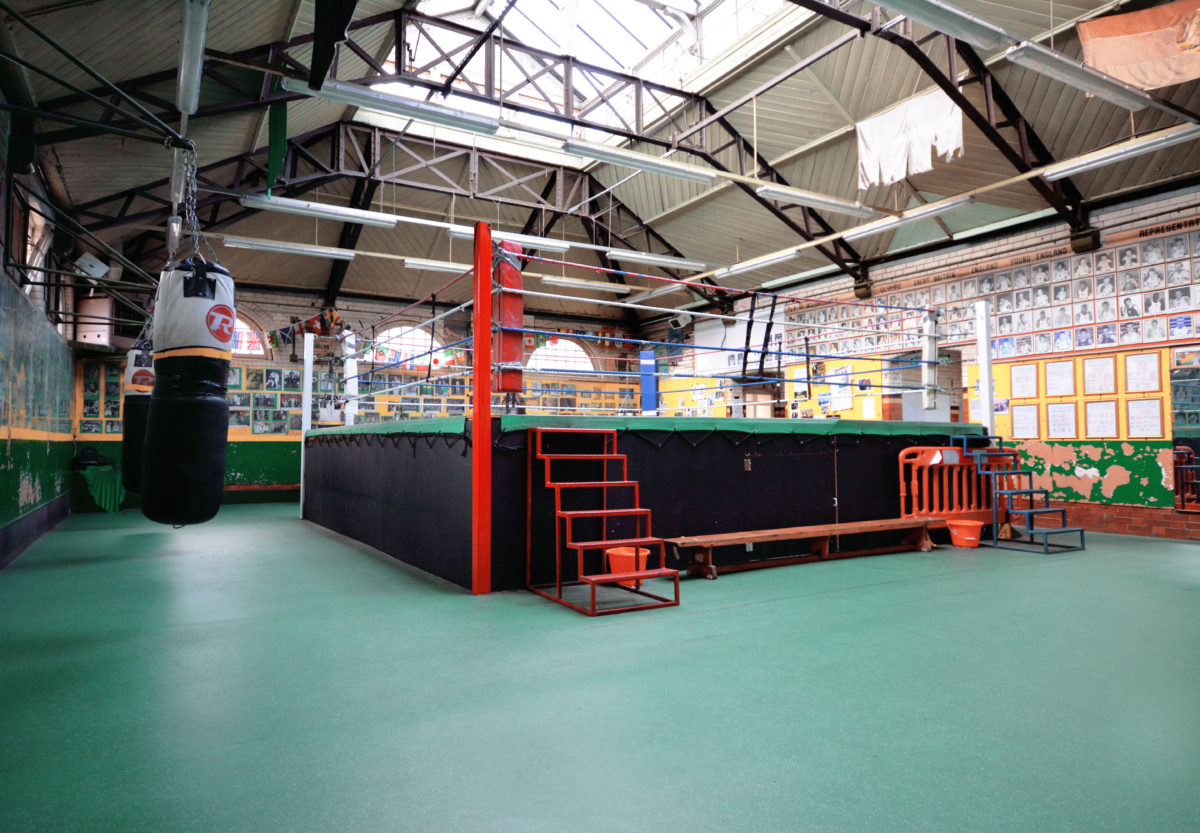
In 1988, Robinson was asked by the Amateur Boxing Association to join the committee and he has since then been managing the club. Burns the head coach has seen it all as well. He’s been going to all 10 Olympics since Mexico in 1967. Repton has witnessed since its opening champions train and fight including John H Stracey, Maurice Hope, Olympians such as Micky Carter, Billy Taylor, Dave Odwell, Graham Moughton, Gary Barker, Sylvester Mitte, Audley Harrison and Tony Cesay. Inside, nothing has changed since half a century. The club reflects what it takes to make it as a boxer. Under the arcade of the former bathhouse it is a simple and modest atmosphere that reigns on the competition ring, around the bags and the punching balls. Aspiring fighters dream to have their names be put up on the wall of fame, next to the “no guts, no glory” sign, Robinson’s mantra.
Repton Boxing Club
The Bath House, Cheshire St, London E2 6EG
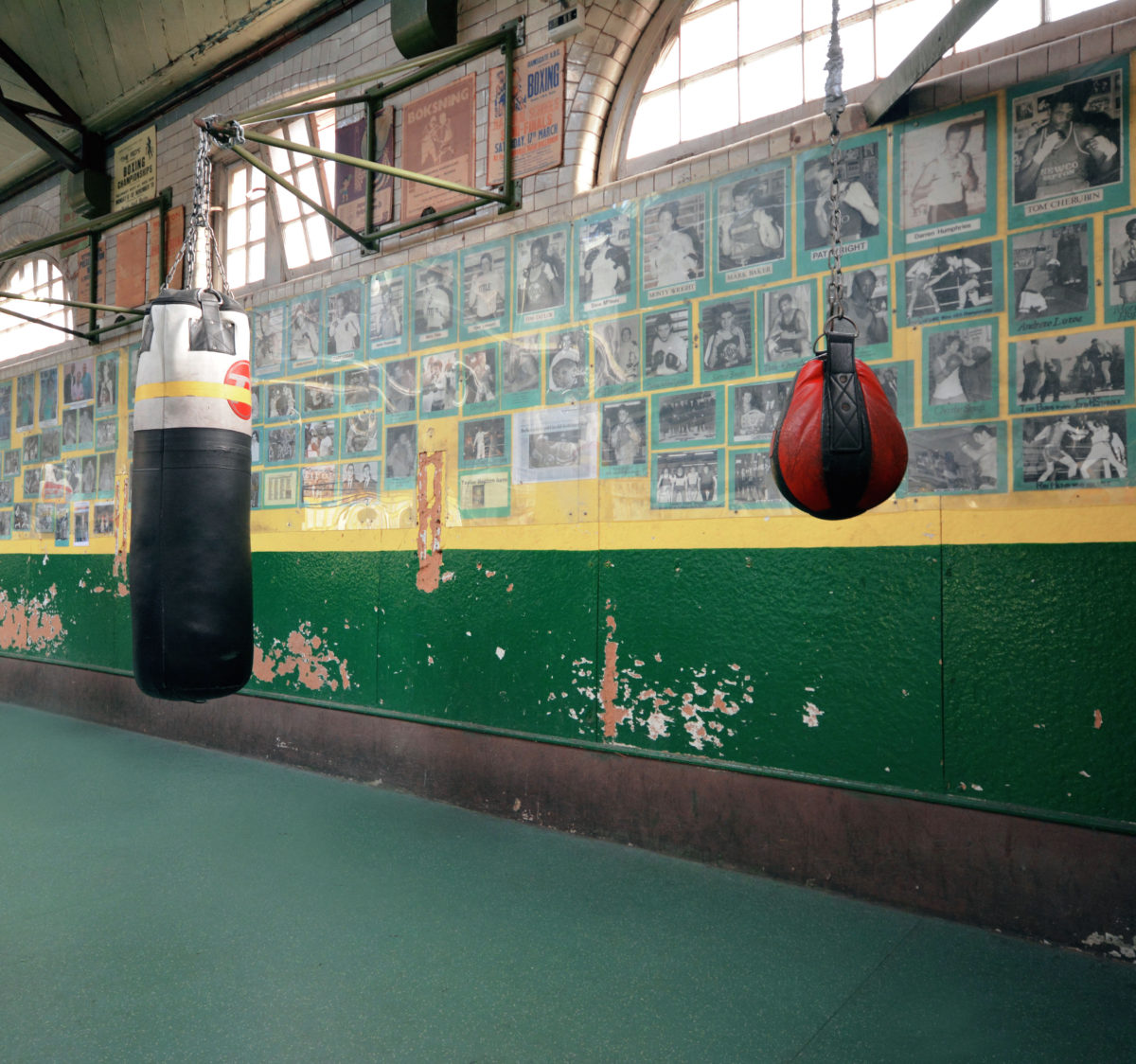
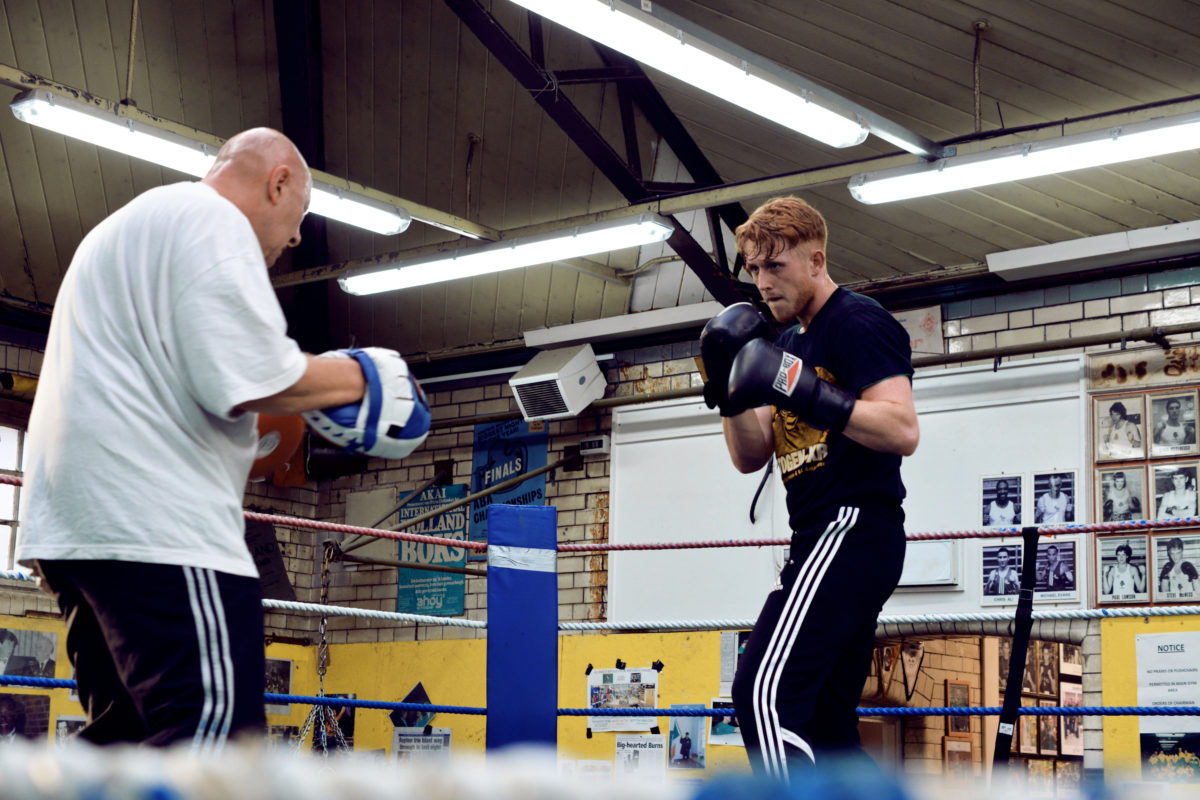
Bethnal Green Weightlifting Club || Jack Brenda
The entrance of the oldest weightlifting club is located on Turin Street, near the corner of Bethnal Green Road. The club hides behind a single-story building brick wall so commonplace only regulars can be aware of its existence. The club was founded in 1927, closed then reopened a couple of times after that. Finally, in 1948, Jack Brenda Secretary of the Club at that time opened the venue as we know it today, except with less equipment and members.
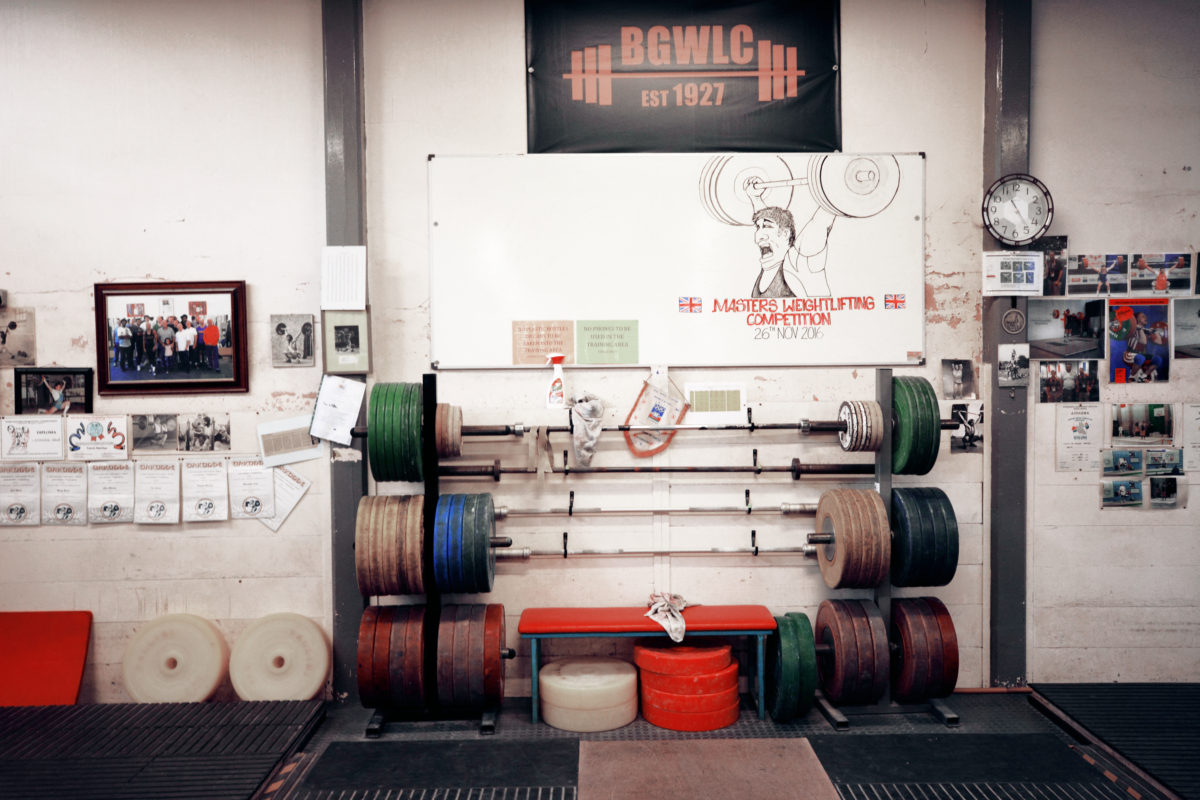
It has kept its authentic look. Meaning that there is nothing else than plates, barbells and lifting platforms. The same ones that have been used for years. The same goes for the work environment as we can hear the repetitive sharp sound of the plates clanging on the mat, the weightlifters growling to gather their strength for the lifts. Medals, cups, photos of champions and honourable athletes ornate the walls, and display the pride that is to be part of the Bethnal Green weightlifting family.
Bethnal Green Weightlifting Club
229 Bethnal Green Rd, London E2 6AB
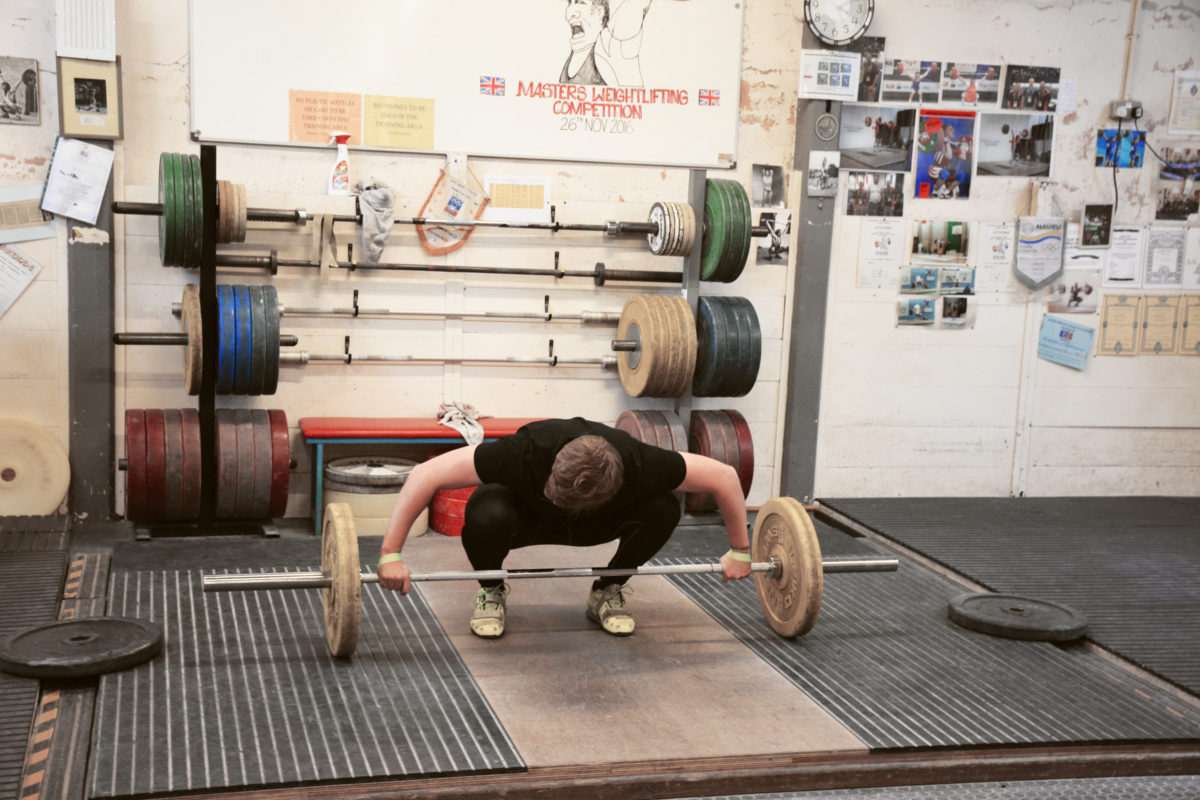
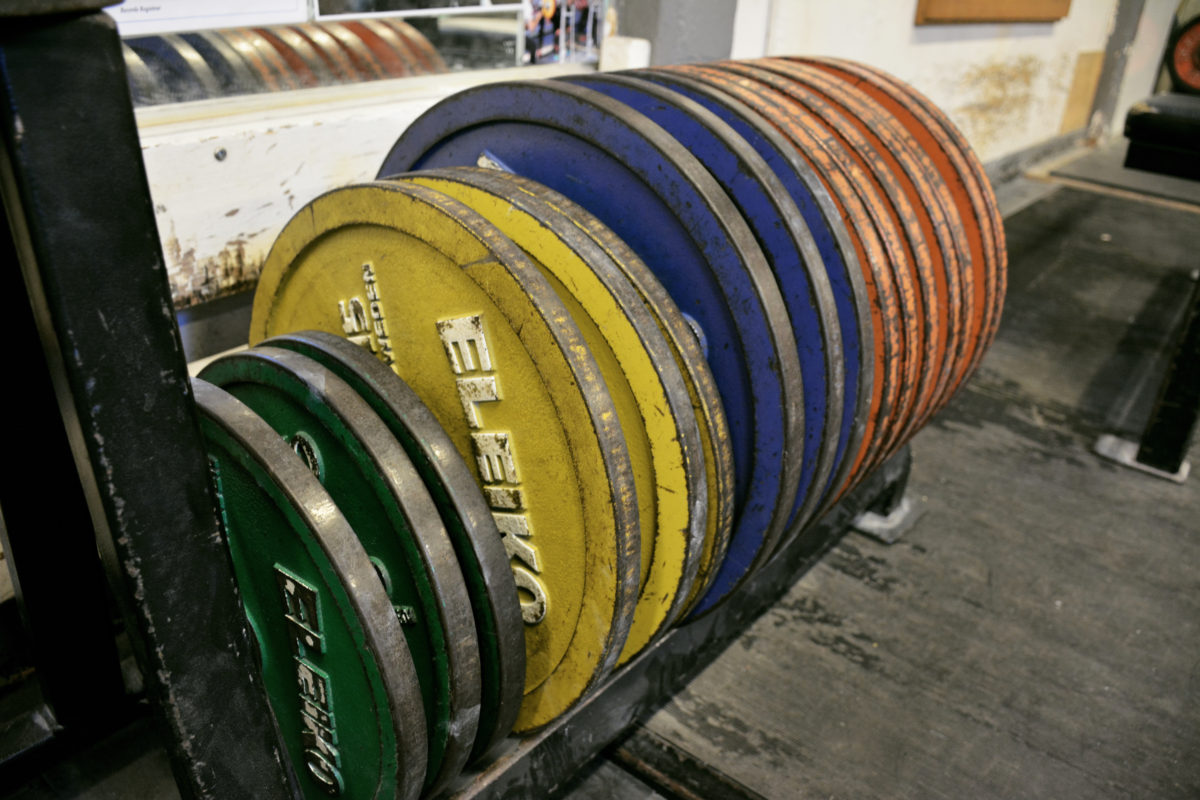
Royal Tennis Court || Nick Wood
The Royal Tennis Court, the proud home of “real” tennis, is located inside Hampton Court Palace, an hour out of the centre of London. The first tennis court at Hampton Court was built for Cardinal Wolsey, between 1526 and 1529. There has been a tennis court on this site since 1625, when this one was built for Charles I. Three of the walls of the court in use today are 17th-century, with the other being Cardinal Wolsey’s original. As a young man, Henry VIII was a keen tennis player, who spent hours on court.
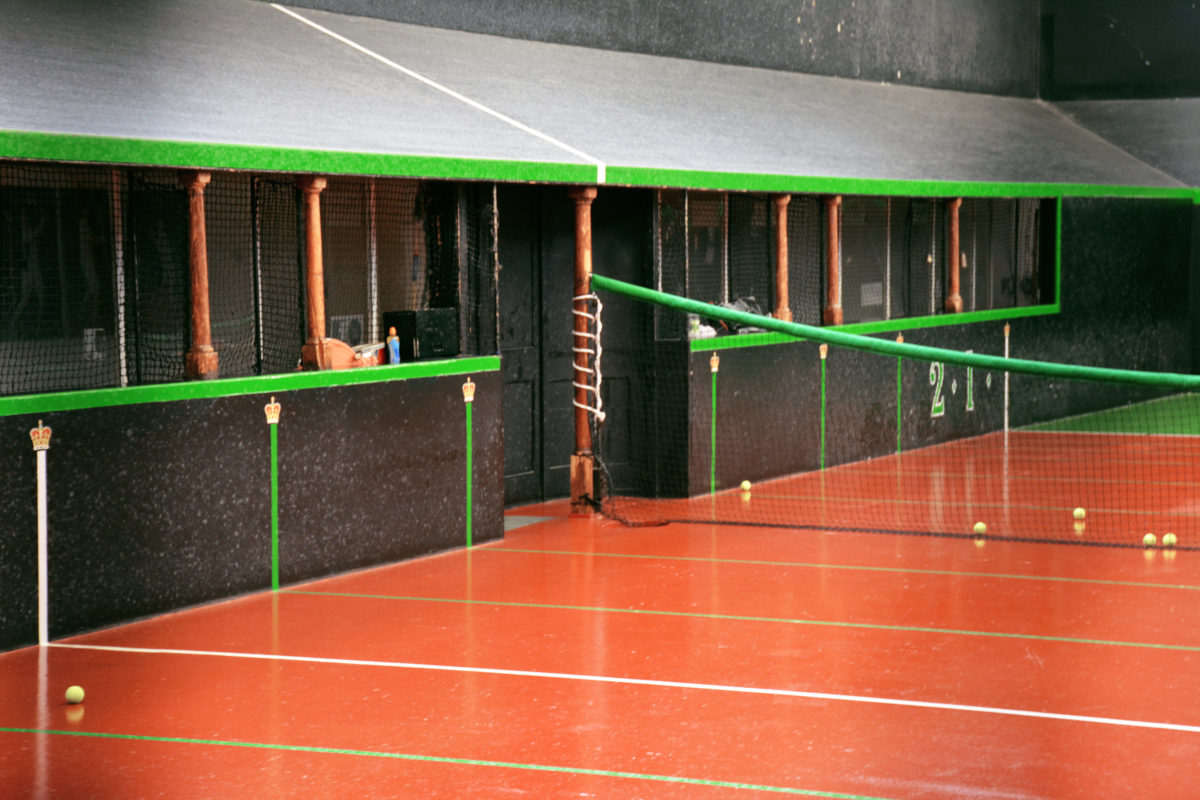
The game of real tennis, not to be misunderstood with lawn tennis, is played in a court divided between the service end and the hazard end. “Hazards” include the grille window and the winning gallery. The equipment is still hand-made on the tennis court site, as it has been for nearly 500 years. The court is today home to a real tennis club of over 450 members. The club is active in interclub competitions and fields sides in the National League and also in Tennis & Rackets Association tournaments including the Field Trophy.
Royal Tennis Court
Hampton Court, Molesey, East Molesey KT8 9AU
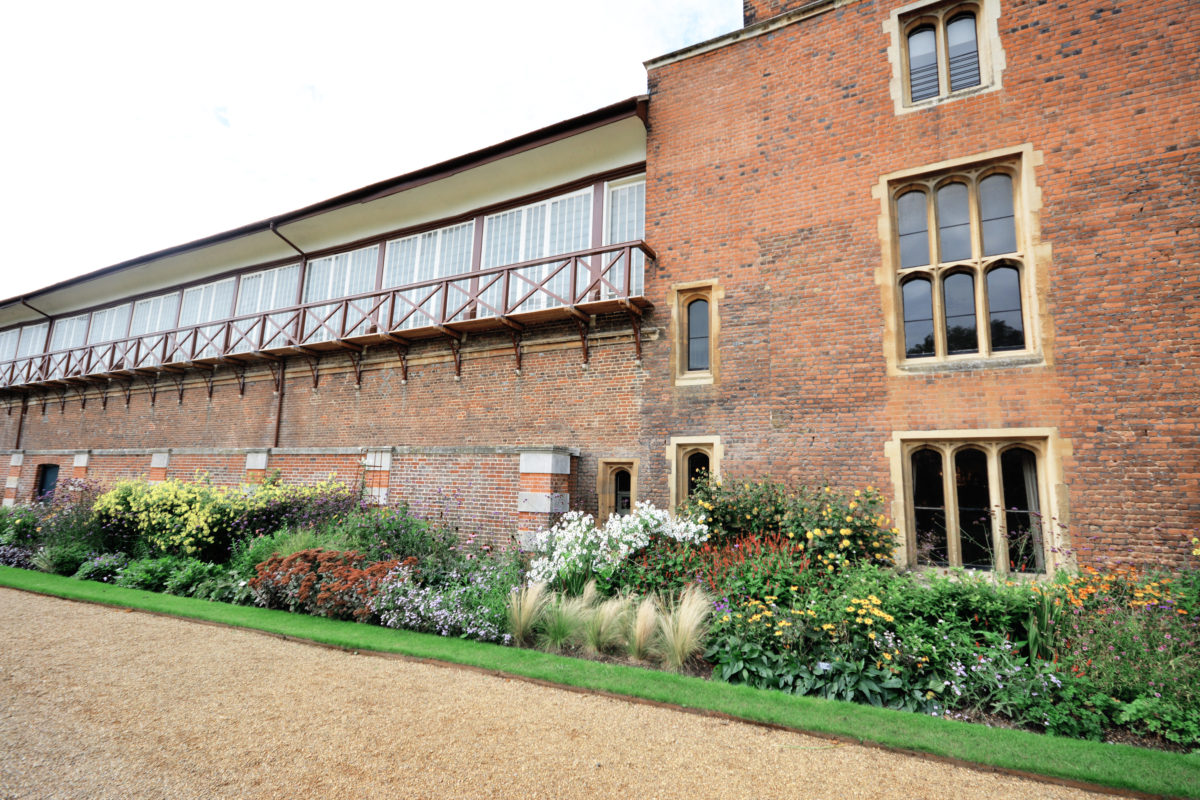
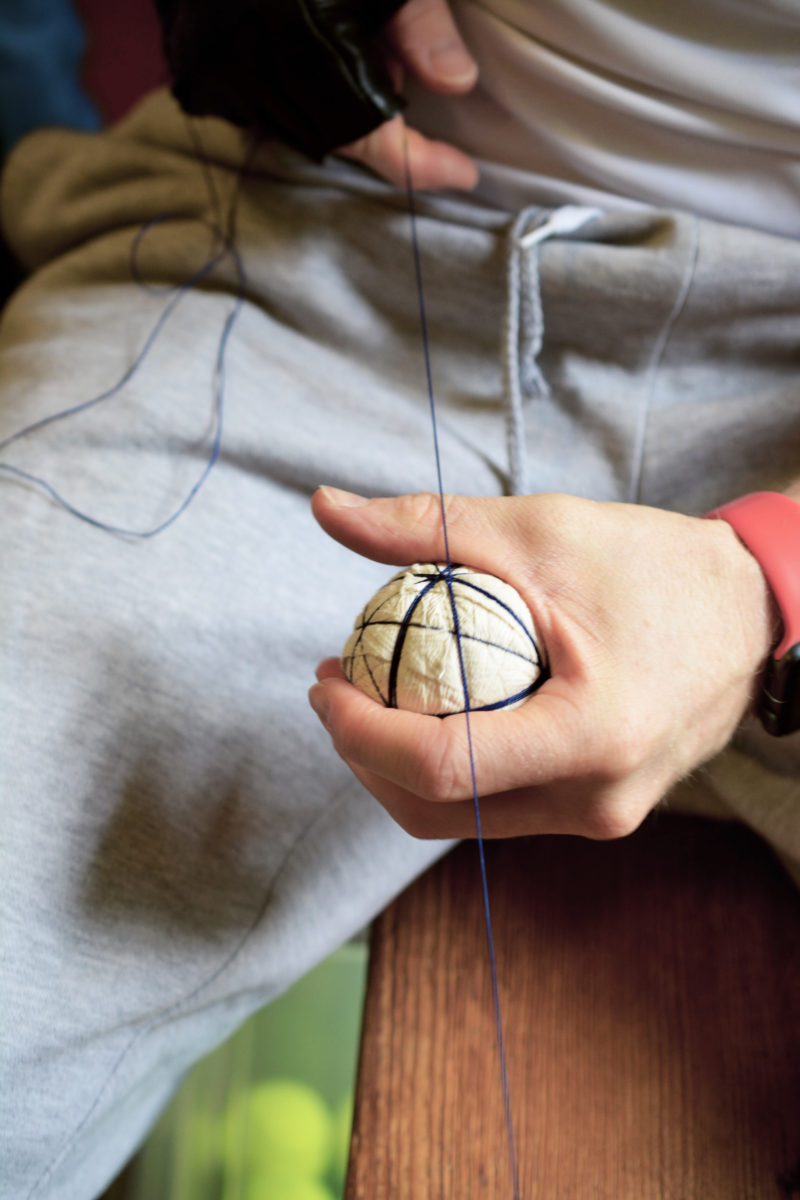
Poplar, Blackwall and District Rowing Club || Bill Macpherson & Harry Read (Sr.)
Poplar, Blackwall and District Rowing Club (PBDRC) is located opposite the Greenwich Royal Naval College and is believed to be the third oldest rowing club in Great Britain. It was formed in 1845 by a group of young lightermen and their friends. The club’s original name was The Blackwall Rowing and Athletic Club, with their headquarters in the Lifeboat Public House near the entrance to Blackwall Tunnel. In the late 1800s, however, the name was changed to Poplar and Blackwall United Rowing Club. After the 1914-18 war, membership increased with shipwrights, boilermakers and stevedores from the nearby shipyards and docks taking up the sport as boats could be hired from Corbett’s Raft at Greenwich, which ran along the front of what is now the Trafalgar Rowing Centre. Boats of all types could be hired from there.

The club prospered for a time, but went into a decline during the Depression years and faded when Corbett went out of business in the early 1930s. Then, in 1935, Bill Macpherson and Harry Read (Sr.) cadged enough money from local publicans and businessmen to purchase some old boats, so the club was reformed and given its current name. Today, oarsmen row on both the tidal waters of the River Thames and the 2000m multi-lane Royal Albert Dock course. The Club organises three open events during the rowing season: Greenwich Head in early spring, Poplar Regatta in May, and Docklands Head in November.
Poplar Blackwall and District Rowing Club
The Boathouse, Ferry St, London E14 3DT
Curated by Tamara Akcay | Photography by Anne Vaandrager